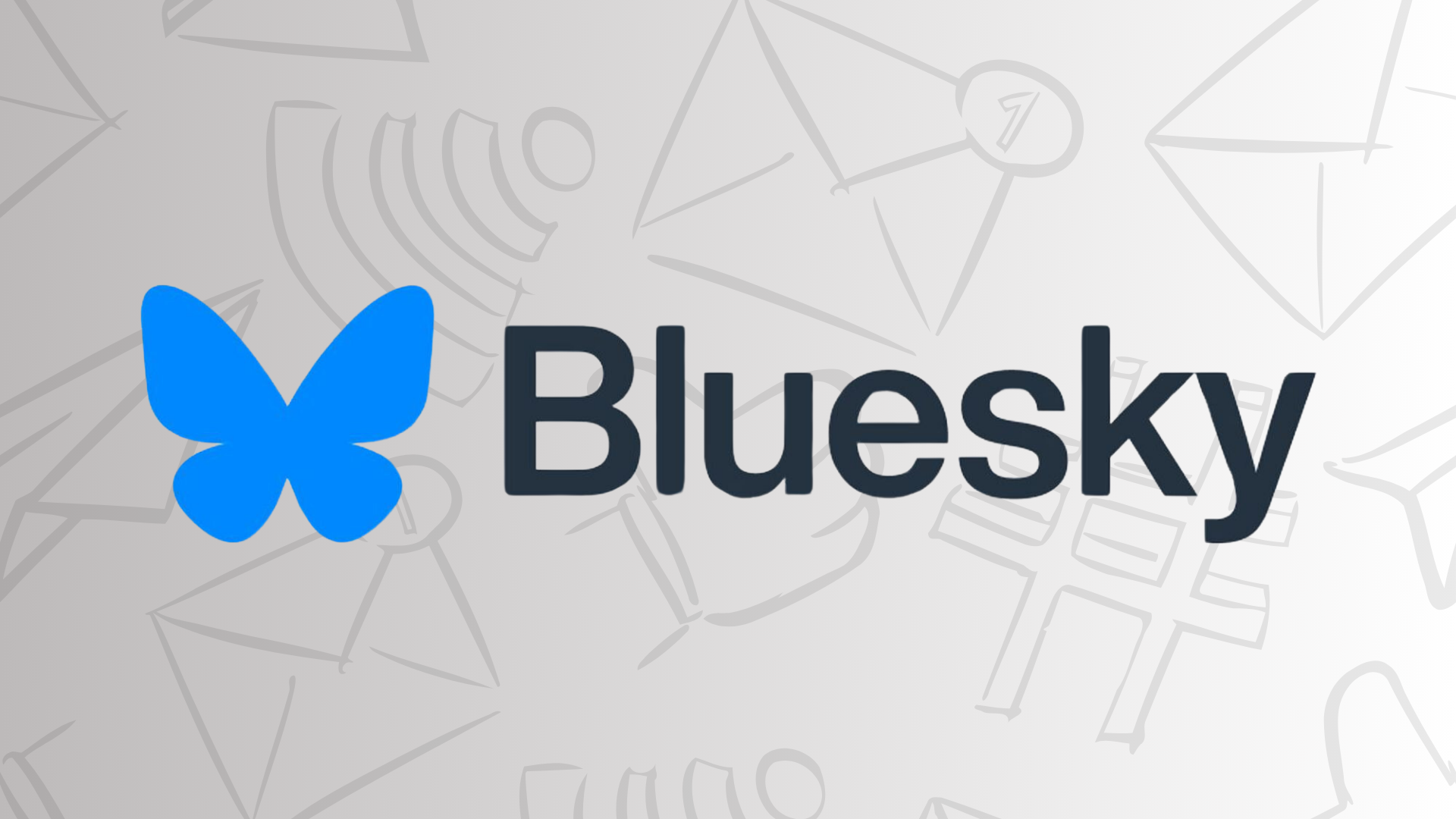I first joined Twitter/X when I was in middle school. At the time, it was the “cool” platform to connect with celebrities and share silly musings – albeit, under 140 characters. Nearly 15 years as a consistent user, Twitter set the foundation for my love of social media. But 15+ years is a long time for a platform to grow, evolve and adapt. And throughout this time, other social platforms have come and gone (and returned, like TikTok) – some more remarkable than others.
Enter the latest social frenzy, Bluesky. Is it a true X replacement? Well, built by former Twitter CEO, Jack Dorsey, it looks and operates nearly identical to the early versions of Twitter. The platform’s goal is to put social media back in the hands of people rather than companies – and offers a fresh, digital space for users hoping to escape the current “feel” of other platforms. As of early January 2025, Bluesky has surpassed 26 million monthly active users. For reference, X/Twitter reportedly still sees reportedly over 600 million users, falling behind major platforms like Facebook (3.07 billion users), YouTube (2.7 billion users), Instagram (2 billion users) and TikTok (1 billion users).
Bluesky is built on an open-source protocol (AT Protocol) – but what does this actually mean? According to the site’s FAQ page, “People have transparency into how it is built and what is being developed. It creates a standard format for user identity, follows, and data on social apps, allowing apps to interoperate and users to move across them freely.” AKA – user data and interests are protected… and there’s greater control over content preferences.
With TikTok’s future unknown, consumers are evaluating their social media habits, and searching for other platforms to add to their “social rotation.” Wondering if you or your brand should join Bluesky? Here’s a breakdown of everything else you need to know:
- Individual Content Curation: The platform’s Starter Pack function (custom feeds) resonates with individuals by offering content tailored to their interests, avoiding algorithm-driven content prioritization. These feeds allow users to subscribe and interact with specific topics of interest. When creating an account, Bluesky assists users by providing recommended topics or ideas to interact with. Keeping with the OG-Twitter feel, individuals can also create custom lists – grouping content together by similar topics, themes, ideas, etc. Many users have created their own Starter Packs and Lists as their endorsements of who to follow; so if there is an influencer you especially respect, check their profile to subscribe to their own people-based curation.
- Small User Base: Despite Bluesky’s rapid growth specifically within the last two months, the reality is the platform is still small. When Mastodon started gaining attention, it attracted buzz for maybe three months. While Bluesky has certainly surpassed Mastodon’s peak of 10 million users, it lacks the credibility and ROI of established platforms, specifically for brands interested in adapting their social media strategy in the new year.
- No Advertisement Revenue: One of my biggest complaints as an X user within the last six months is the amount of hidden ads pushed to my timeline, designed to mimic organic posts. As of January 2025, Bluesky is ad-free, enabling users to focus on authentic content and communication. Although this could change in the future – if Bluesky does decide to make this shift, the advertising structure will look vastly different in comparison to other social media platforms who share advertising data and information with one another.
- Strict Moderation & Reporting Features: Other social media platforms struggle to fully enforce blocking restrictions or user preferences. Bluesky users can report content to a group of human-led moderators, who review content as fairly as possible (another example of putting social media power in people rather than companies). That said, the platform also relies on automated tools to streamline the reporting process. Users can also leverage the list function to block specific users and content – ensuring any blocked material is removed from your experience.
- Early Platform Adopters: As a consumer, I interact with influencers and celebrities on social platforms. But for work, I look for platform sentiment across brands, key stakeholders and customers. While yes, Bluesky’s decentralized model emphasizes user control, it also poses challenges for companies looking for streamlined content management. This is why to date, you’ll notice less corporate brands floating around the platform. That said, the major brands who do have accounts appear to join just to establish their domain name (i.e., Microsoft and CrowdStrike). On the other hand, news organizations seem to post semi-regular updates (i.e., The New York Times).
Still not sure if Bluesky is right for you or your organization?
We’re advising clients to hold on incorporating Bluesky into corporate social strategies for right this moment. If anything, we recommend creating an account to hold your organization’s domain, and wait until there’s an increase in user adoption and sentiment before developing your content strategy. (W2 Communications is experimenting with the platform as an agency; follow us today and stay tuned for our updates on the platform!)
I’ll say this: the last time I joined a social platform “late” to the game – it ended up becoming my favorite platform to consume content. If you’re interested in other ways to enhance your social media strategy in the interim, check out our paid and organic social media services. We’d love to connect with you!




